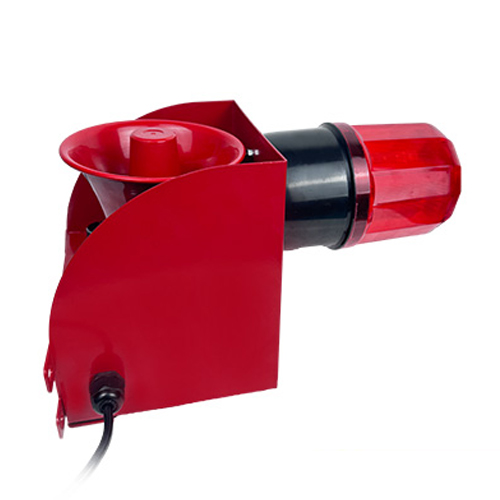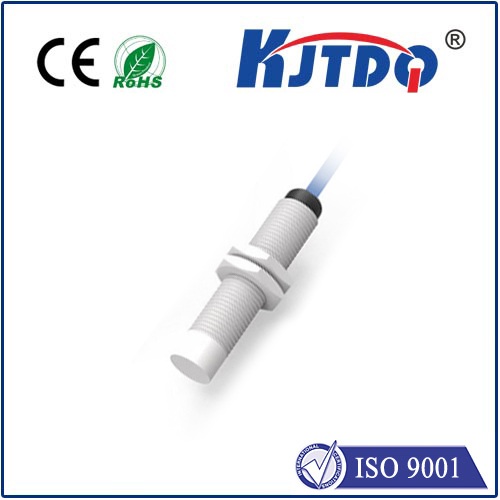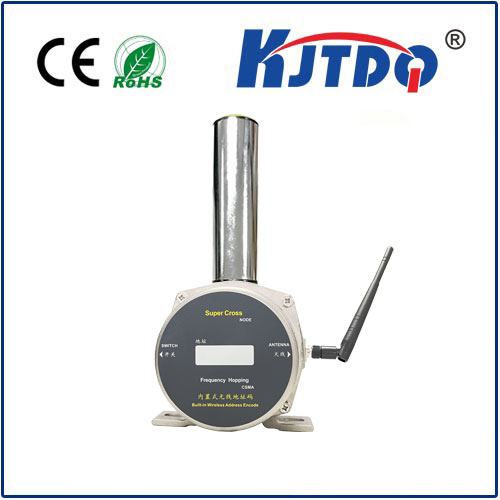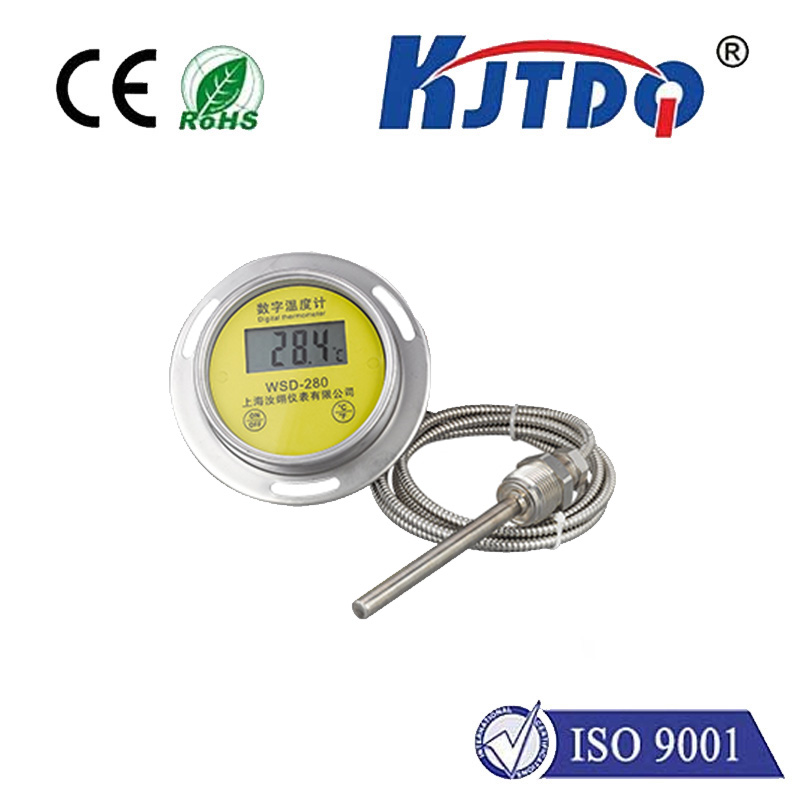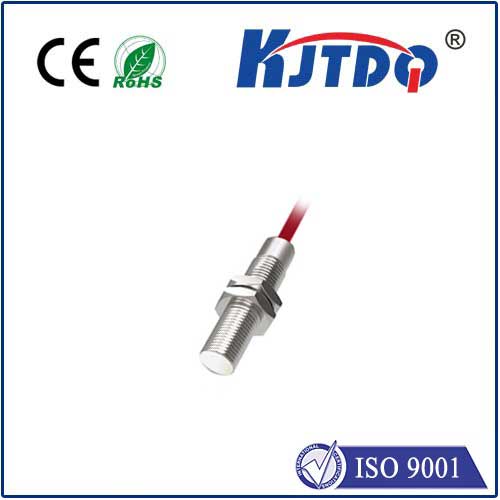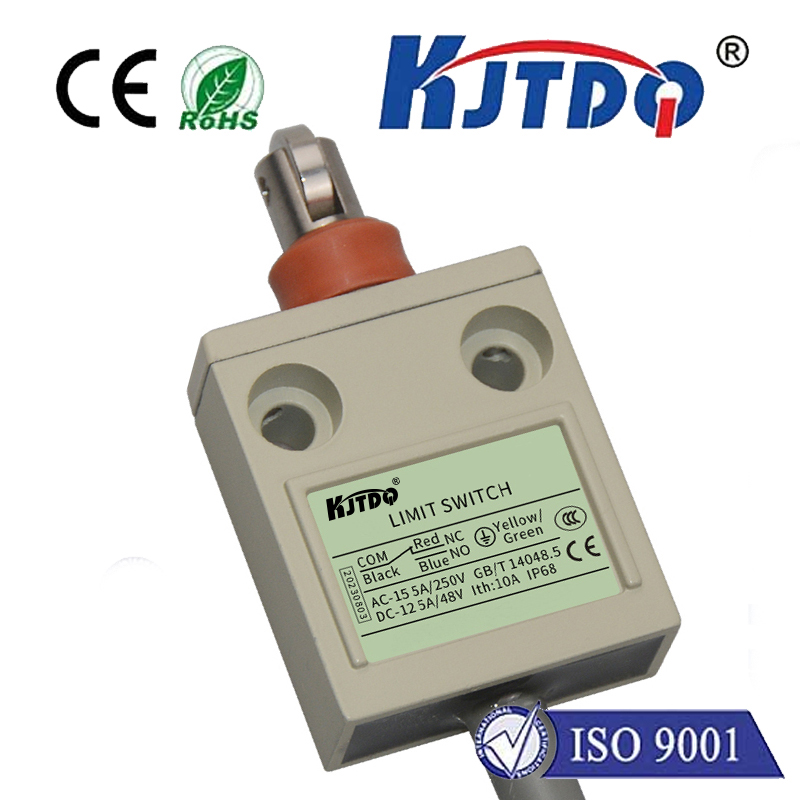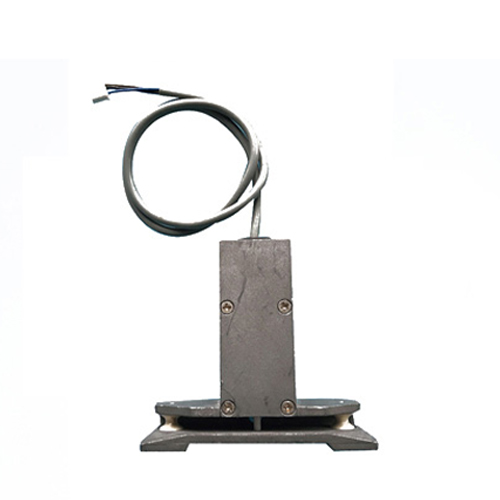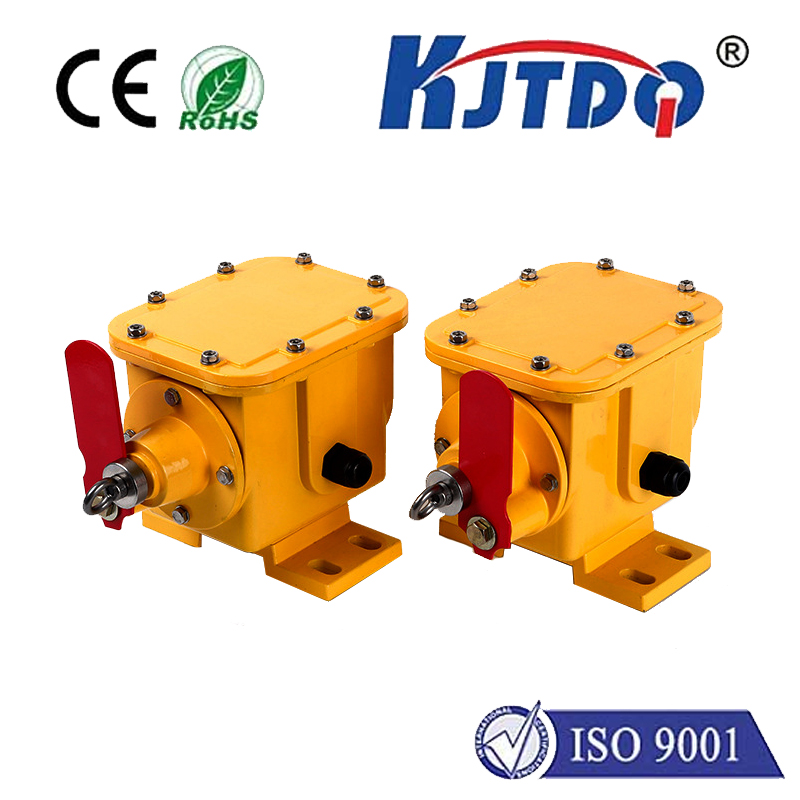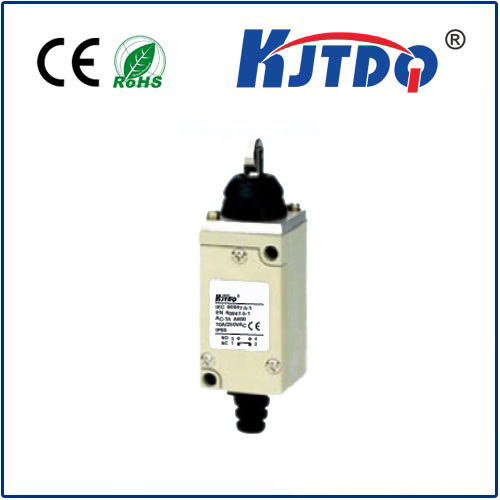intrinsic fiber optic sensor
- time:2025-08-15 04:28:28
- Нажмите:0
Sensing from Within: How Intrinsic Fiber Optic Sensors Transform Critical Monitoring
Imagine a sensor so immune to interference it can function amidst roaring electromagnetic fields, endure blistering heat or cryogenic cold, and stretch over kilometers – all while carrying its own signal highway within its structure. This isn’t futuristic tech; it’s the reality of intrinsic fiber optic sensors. Unlike traditional electronic sensors or their extrinsic fiber optic cousins, intrinsic sensors harness the optical fiber itself as the sensing element. Light propagating down the fiber core interacts directly with the environment surrounding it, transforming the fiber into a sensitive probe. This unique characteristic unlocks capabilities simply unreachable by conventional methods, making them indispensable for demanding applications across diverse industries.
The Core Difference: Light Interacting Within
Understanding intrinsic versus extrinsic is crucial. Extrinsic fiber optic sensors use the fiber merely as a “light pipe” to guide light to an external sensing element (like a diaphragm or mirror) and back to a detector. The measurement happens outside the fiber. Intrinsic fiber optic sensors, however, are fundamentally different. The optical fiber itself is the transducer. Environmental stimuli like temperature, strain, pressure, vibration, or chemical concentration directly affect the light traveling through the core of the fiber. Changes in specific optical properties – such as intensity, phase, wavelength, polarization, or scattering characteristics – are meticulously measured to deduce the physical parameter being sensed. There’s no external sensing mechanism; the interaction happens within.

Unlocking Superior Performance: Key Advantages
This intrinsic design bestows several compelling advantages:
- Unmatched Immunity to Electromagnetic Interference (EMI): Composed of dielectric glass, these sensors are completely passive and unaffected by strong electrical noise, high voltages, or lightning strikes. This makes them the ideal choice for power generation facilities, high-voltage substations, and aerospace applications where electrical interference cripples conventional sensors.
- Exceptional Environmental Resilience: Silica glass fibers can withstand extreme temperatures (from cryogenic levels to over 1000°C with specialty fibers), high pressures, corrosive chemicals, and radiation environments where metallic sensors fail. Their robustness is essential in harsh settings like nuclear facilities, deep-sea exploration, or chemical processing plants.
- Intrinsic Safety: Requiring only low-power optical signals and generating no sparks, intrinsic sensors are inherently safe for use in hazardous and explosive atmospheres, such as oil and gas refineries or mining operations.
- Long-Distance and Distributed Sensing Capability: Light travels kilometers with minimal loss in optical fiber. This enables intrinsic sensors to monitor vast structures like pipelines, dams, power cables, or perimeters over unprecedented distances. Crucially, techniques like Optical Time Domain Reflectometry (OTDR) or Rayleigh/Brillouin scattering analysis allow a single fiber to act as thousands of continuous sensing points along its entire length – a breakthrough known as distributed sensing.
- High Sensitivity and Accuracy: Certain configurations, particularly those utilizing Fiber Bragg Gratings (FBGs) or interferometric techniques (like Fabry-Perot), achieve extraordinarily high sensitivity and precision for measuring strain and temperature changes, often outperforming traditional strain gauges and thermocouples.
- Compact Size and Multiplexing: The thin, flexible nature of optical fiber allows for embedding into composite materials (like aircraft wings or wind turbine blades) or installation in confined spaces. Multiple FBG sensors, each reflecting a unique wavelength of light, can be easily multiplexed onto a single fiber strand, significantly reducing cabling complexity and cost for multi-point sensing.
Where the Light Leads: Vital Applications
Leveraging these unique benefits, intrinsic fiber optic sensors are revolutionizing monitoring in numerous sectors:
- Structural Health Monitoring (SHM): Embedding FBGs or using distributed sensing (Brillouin Optical Time Domain Analysis - BOTDA / BOTDR) into bridges, tunnels, dams, and buildings provides continuous, real-time data on strain, vibration, and temperature, enabling early detection of structural degradation and predictive maintenance.
- Energy Sector: Monitoring temperature along high-voltage power cables (Distributed Temperature Sensing - DTS) prevents overheating and failures. They are crucial for downhole monitoring in oil and gas wells (temperature, pressure, seismic) and ensuring the integrity of pipelines over vast distances. Their immunity is also critical in renewable energy, monitoring the health of wind turbine blades.
- Industrial Process Control: Providing accurate measurements of temperature, pressure, and liquid level in challenging environments like chemical reactors, furnaces, and refineries where EMI and corrosion are rampant.
- Воздушно - космические и Оборона: Monitoring strain, temperature, and vibration on aircraft wings, fuselages, and rocket motors during testing and operation, where weight savings and EMI immunity are paramount. Used in military applications for perimeter security and acoustic sensing.
- Smart Grids: Protecting critical assets by monitoring transformer temperatures and detecting hot spots in switchgear.
- Environmental Monitoring: Distributed acoustic sensing (DAS) for pipeline leak detection, seismic activity monitoring, or perimeter intrusion detection along borders or critical infrastructure.
Harnessing the Light Within
Intrinsic fiber optic sensors represent a paradigm shift in sensing technology. By turning the optical fiber itself into the sensor, they overcome fundamental limitations of conventional electronics. Their inherent immunity to electromagnetic interference, ability to operate in extreme environments, intrinsic safety, and capacity for long-distance and distributed sensing open doors to monitoring scenarios previously deemed impossible or impractical. As optical interrogation techniques advance and costs decrease, the adoption of these versatile sensors is accelerating. They are no longer niche devices but essential tools providing unprecedented insights into the health, safety, and performance of our most critical infrastructure and processes, truly enabling us to “sense from within.”

